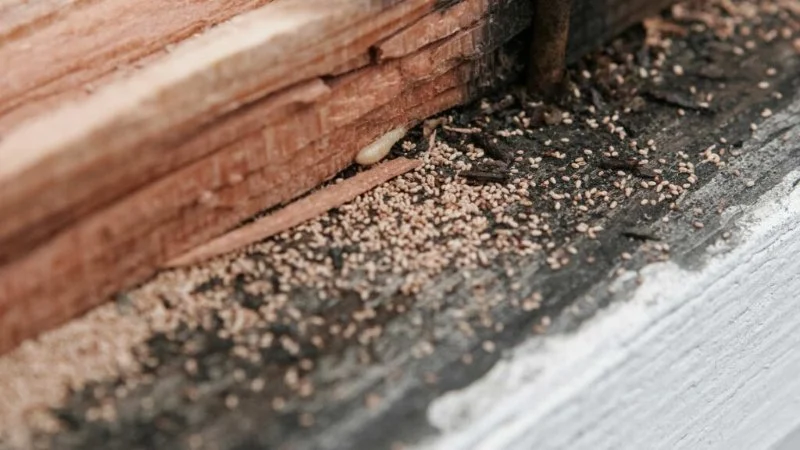
How to Monitor Pest Conditions in Walls
Many homeowners are unaware of the pests lurking in the walls of their homes. These hidden invaders, such as termites, rodents, and insects, can cause significant damage over time if not detected early. Monitoring pest conditions in walls is crucial to preventing infestations and safeguarding your home. In this article, we will guide you through the process of monitoring pest conditions in your walls, from identifying warning signs to effective monitoring techniques and preventive measures.
- Why Monitor Pest Conditions in Walls
- Common Pests Found in Walls
- Signs of Pest Activity in Walls
- Monitoring Methods for Pest Conditions in Walls
- Preventing Pest Infestations in Walls
- Real-Life Cases and Success Stories
1. Why Monitor Pest Conditions in Walls
Pests that invade walls can go unnoticed for long periods, causing extensive damage before any visible signs appear. By the time you see a pest problem on the surface, the damage to your home could already be significant. Monitoring pest conditions in walls allows for early detection, making it easier to manage and treat infestations before they escalate. This proactive approach helps prevent structural damage, saves you money on repairs, and maintains the integrity of your home.
1.1 The Importance of Early Detection
Early detection of pest activity inside walls can prevent costly damage. Termites, for example, can silently consume wood structures, weakening the foundation of your home without any obvious signs. Rodents can chew on wires, potentially causing electrical fires. By monitoring conditions in the walls regularly, you can catch infestations early, reducing the risk of serious damage.
1.2 Health and Safety Concerns
Some pests, such as rodents and insects, can carry diseases that pose a health risk to your family. Rodent droppings can trigger allergies, while termites and carpenter ants can cause structural damage that could lead to unsafe conditions in your home. Monitoring your walls for pests ensures you maintain a safe living environment for everyone.
2. Common Pests Found in Walls
Several types of pests are commonly found in the walls of homes. Each of these pests poses unique risks and requires different monitoring and treatment strategies. Here are some of the most common pests you might find inside your walls:
2.1 Termites
Termites are one of the most destructive pests, feeding on wood and causing extensive damage to the structure of your home. They often enter walls through cracks and openings, making it difficult to detect their presence early. Termites are especially dangerous because they can remain hidden for months, feeding on wood without being noticed until the damage becomes severe.
2.2 Rodents
Rodents, such as rats and mice, are notorious for chewing through electrical wires, insulation, and wooden beams. They can enter through tiny holes in walls and create nests inside the cavities. Aside from the physical damage, rodents can also carry diseases like hantavirus and salmonella.
2.3 Ants
Certain species of ants, such as carpenter ants, can nest inside the walls of your home, particularly in moist or decaying wood. While ants may not be as destructive as termites, they can still cause significant damage over time, especially if left unchecked.
2.4 Bees and Wasps
Bees and wasps are often attracted to the warmth of your home and may create nests inside the walls or attics. While their nests are usually temporary, they can pose a serious risk to your safety, especially if someone in the household is allergic to stings.
3. Signs of Pest Activity in Walls
Detecting pest activity inside your walls requires a keen eye for signs that something is amiss. Early detection can save you from costly repairs and extensive infestations. Here are some common signs of pest activity inside walls:
3.1 Noise and Movement
Sometimes, you may hear unusual noises coming from within the walls. These sounds could be rodents scratching or gnawing, termites feeding, or ants marching through the wall cavities. If you hear rustling or scurrying, it could be a sign of pest activity.
3.2 Small Holes or Damage to Walls
Holes in the walls or tiny cracks that weren’t there before may indicate pests have entered the area. Rodents can chew through drywall, leaving behind small holes. Termites may leave tiny pinholes or visible tunnels in the wood. If you notice any new damage to your walls, it’s important to investigate further.
3.3 Droppings and Tracks
Rodent droppings or insect carcasses can often be found near walls. If you spot droppings, tracks, or trails along the walls, it’s a strong indication that pests are present. In some cases, termites leave behind tiny pellets or wood shavings as they feed on wood structures.
3.4 Musty or Damp Smell
A damp, musty smell inside your walls may signal the presence of termites or mold caused by moisture. These pests thrive in humid environments and may indicate water damage behind the walls. A persistent odor is often a red flag for hidden infestations.
4. Monitoring Methods for Pest Conditions in Walls
Monitoring pest conditions in walls involves several techniques to detect and identify pests early. Here are some of the most effective methods:
4.1 Professional Inspections
One of the best ways to monitor for pests in your walls is by scheduling regular professional inspections. Pest control experts have the tools and knowledge to detect signs of pest activity that may be difficult to spot on your own. They can perform thorough checks using infrared cameras or moisture meters to detect hidden pests.
4.2 DIY Monitoring with Traps
If you prefer a DIY approach, you can use traps to monitor pest activity. For example, setting up rodent traps in areas where you suspect activity can help determine whether rodents are present. Additionally, termite monitoring stations can be placed around the perimeter of your home to detect early signs of termite activity.
4.3 Remote Monitoring Systems
For more advanced monitoring, some homeowners opt for remote pest monitoring systems. These systems use sensors to detect pest movement or environmental changes (such as humidity) that may indicate pest activity inside the walls. Alerts are sent to your smartphone, allowing for prompt action.
5. Preventing Pest Infestations in Walls
Prevention is the best way to avoid costly repairs caused by pest infestations. By taking proactive steps, you can significantly reduce the risk of pests entering your walls:
5.1 Seal Cracks and Gaps
Inspect your home for any cracks or gaps in the walls, windows, or doors where pests can enter. Seal these openings with caulking or weatherstripping to prevent pests from finding their way inside. Pay special attention to areas around pipes, vents, and electrical outlets.
5.2 Regularly Check for Moisture
Pests like termites and ants are attracted to moisture. Fix any leaks in your plumbing, roof, or windows to prevent water from seeping into your walls. Keeping your home dry and well-ventilated is key to keeping pests at bay.
5.3 Use Pest Repellents
Natural pest repellents, such as peppermint oil or vinegar, can be sprayed around the perimeter of your home and in wall cavities. These repellents may not eliminate existing infestations but can help deter pests from entering your home in the first place.
6. Real-Life Cases and Success Stories
Many homeowners have successfully managed pest problems inside their walls through proactive monitoring and early intervention. For instance, Jane, who lives in a rural area, noticed signs of rodent activity in her walls. After placing traps and monitoring the situation, she was able to catch the rodents early and prevent a larger infestation from developing.
Another example is Tom, who discovered termites in his walls after noticing a musty smell and small holes. He called a professional pest control service, which used infrared cameras to locate the infestation. With quick treatment, Tom was able to prevent extensive damage and save money on repairs.
If you suspect pest activity inside your walls or want to prevent future infestations, visit PestControlHub for expert advice, professional pest control services, and effective pest prevention products to keep your home safe.

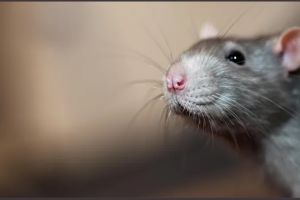
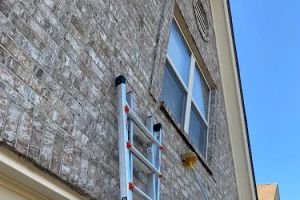
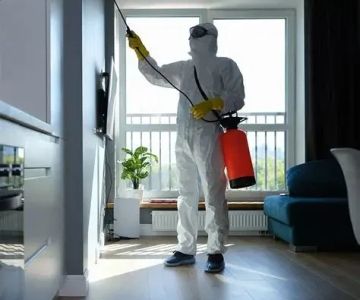
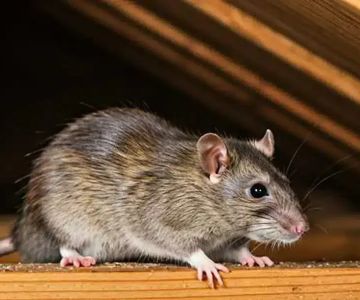
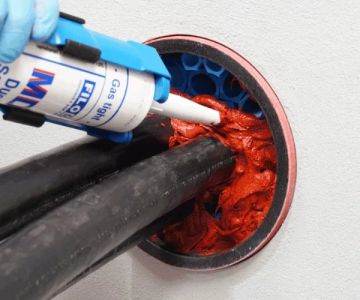

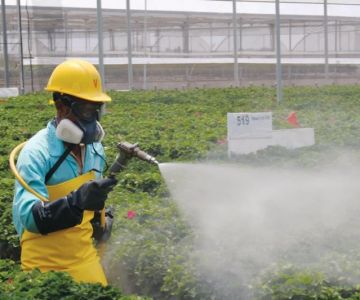
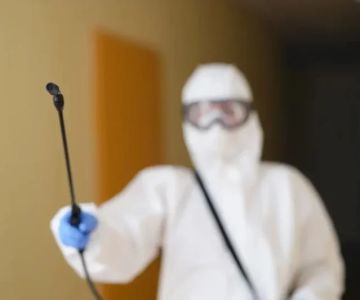
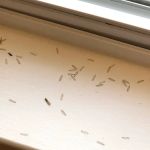 Covenant Pest Control Inc.5.0 (13 reviews)
Covenant Pest Control Inc.5.0 (13 reviews)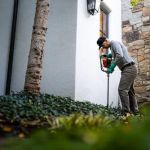 Greenix Pest Control4.0 (313 reviews)
Greenix Pest Control4.0 (313 reviews)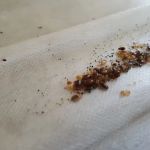 Moerman Pest Control/Michigan Termite Service Inc.4.0 (52 reviews)
Moerman Pest Control/Michigan Termite Service Inc.4.0 (52 reviews) Same Day Wildlife Removal4.0 (50 reviews)
Same Day Wildlife Removal4.0 (50 reviews) Perfection Lawn and Pest Control5.0 (26 reviews)
Perfection Lawn and Pest Control5.0 (26 reviews) Baker Termite & Pest Solutions4.0 (34 reviews)
Baker Termite & Pest Solutions4.0 (34 reviews)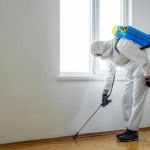 How to Choose Between Different Pest Control Methods: A Complete Guide
How to Choose Between Different Pest Control Methods: A Complete Guide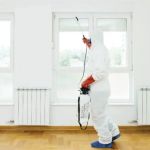 DIY vs Professional Pest Control: Which One Saves You Money?
DIY vs Professional Pest Control: Which One Saves You Money? How to Stage a Pest Control Plan for New Homeowners
How to Stage a Pest Control Plan for New Homeowners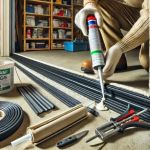 How to Seal Gaps at Door Bottoms to Block Insects – Easy Methods for Effective Pest Control
How to Seal Gaps at Door Bottoms to Block Insects – Easy Methods for Effective Pest Control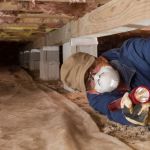 How to Use Preventative Barriers in Crawlspaces – Expert Home Protection Guide
How to Use Preventative Barriers in Crawlspaces – Expert Home Protection Guide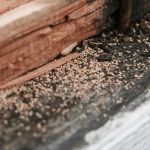 How to Monitor Pest Conditions in Walls
How to Monitor Pest Conditions in Walls